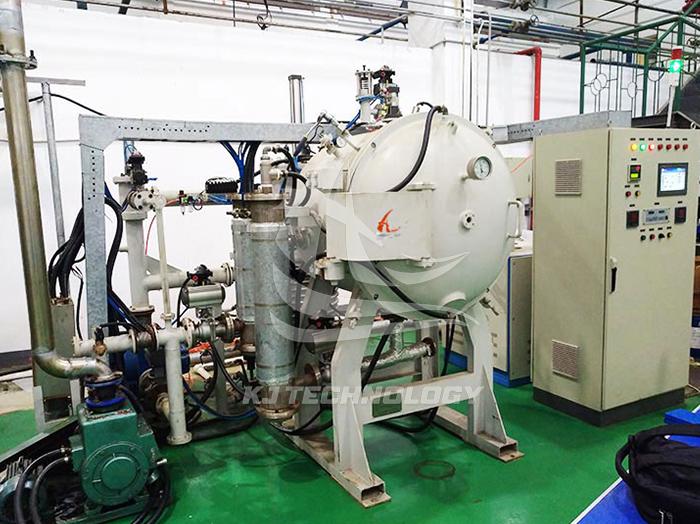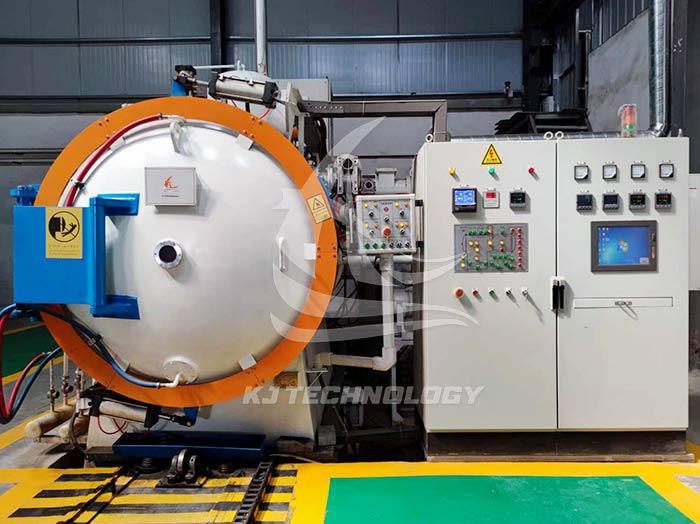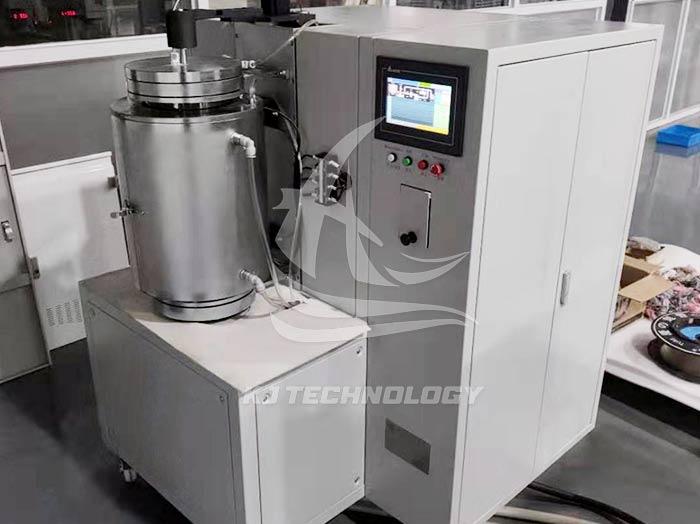What is the experimental temperature for graphite vacuum furnace in the laboratory?
 07-22-2025 Author: KJ technology
07-22-2025 Author: KJ technology
The experimental temperature range of graphite vacuum furnaces used in laboratories is wide, usually between 900 ℃ and 2400 ℃, depending on the equipment model, heating elements, furnace materials, and experimental requirements. The following is an explanation from different temperature ranges and typical application scenarios:
1. Low temperature range (900 ℃ -1600 ℃)
Typical equipment
Vacuum graphite atmosphere high-temperature furnace: The maximum working temperature is 1600 ℃, suitable for processes such as metal sintering and ceramic heat treatment.
1200 ℃ fiber furnace vacuum furnace: commonly used for special heat treatment processes such as low-temperature annealing and low-temperature quenching.
Application scenarios
Metal material processing: such as low-temperature annealing of titanium alloys to eliminate internal stress and improve material toughness.
Ceramic material pretreatment: Removing moisture and organic matter from the ceramic body at low temperatures to prepare for subsequent high-temperature sintering.
2. Medium temperature range (1600 ℃ -2000 ℃)
Typical equipment
Coaster Technology horizontal vacuum furnace: rated temperature of 2000 ℃, working temperature of 1900 ℃, temperature control accuracy of ± 1 ℃, suitable for vacuum sintering.
Vertical graphite vacuum furnace: provides multiple temperature options such as 1000 ℃, 1200 ℃, 1400 ℃, 1600 ℃, 1700 ℃, 1800 ℃, etc., to meet the heat treatment needs of different materials.
Application scenarios
High temperature annealing: improves the grain structure of metal materials and enhances their mechanical properties.
High temperature solution treatment: uniformly dissolve alloy elements in the matrix to improve the corrosion resistance of the material.
Annealing of semiconductor materials: repairing crystal defects and improving electrical performance in vacuum or inert atmosphere.
3. High temperature range (2000 ℃ -2400 ℃)
Typical equipment
High temperature graphitization furnace: The working temperature can reach 2400 ℃, and the heating rate exceeds 60 ℃/h. It is suitable for carbon fiber graphitization treatment and graphite purification.
German Gero high-temperature graphite furnace: temperature range of 900-3000 ℃, supporting 1 × 10 ⁻⁶ mbar high vacuum or pure hydrogen protective atmosphere, used for single crystal growth, ceramic sintering and other processes.
Application scenarios
Carbon fiber graphitization: By removing nitrogen, oxygen, hydrogen and other elements at high temperatures, the fiber structure is transformed into a graphite like structure, improving conductivity and modulus.
Graphite purification: Utilizing the difference in melting and boiling points between graphite and impurities, heating to above 2400 ℃ to remove impurities and prepare high-purity graphite.
High temperature sintering: Complete the densification treatment of industrial ceramics such as silicon carbide (SiC) and silicon nitride (Si ∝ N ₄), improve material strength and hardness.
4. Factors affecting temperature range
heating element
The use of high-temperature resistant materials such as graphite rods and silicon molybdenum rods allows the furnace temperature to exceed 2000 ℃.
High temperature graphitization furnaces can achieve environments above 2400 ℃.
Furnace material
High temperature resistant metal furnaces such as tungsten and molybdenum can withstand extreme temperatures and reduce thermal deformation.
Graphite furnaces have excellent stability at high temperatures, but require a water cooling system to prevent oxidation.
vacuum system
High vacuum degree (such as 1 × 10 ⁻⁶ mbar) can reduce gas heat conduction and improve temperature uniformity inside the furnace.
The performance of the vacuum pump directly affects the ultimate vacuum degree and pumping rate, which in turn affects the heating efficiency.
control system
The combination of PID algorithm and thyristor rectification equipment achieves precise temperature regulation (such as ± 1 ℃).
The multi zone temperature control system can ensure temperature uniformity in the heating zone (such as ± 5 ℃).








